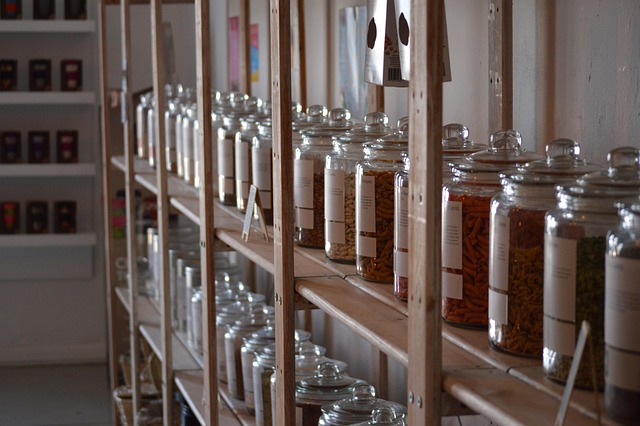Reviving Furniture: A Guide to Eco-Friendly Renovation
In a world increasingly dominated by disposable products, furniture renovation stands out as a testament to sustainability and creativity. Instead of sending old pieces to the landfill, why not breathe new life into them? Not only does this practice reduce waste, but it also offers a unique opportunity to connect with your surroundings and express your personal style.
Understanding the Value of Renovation
Every piece of furniture has a story to tell. Whether it’s a vintage chair inherited from a grandparent or a thrift store find that holds the potential for transformation, renovating furniture allows for individual expression while honoring its past. By taking on a renovation project, you make a conscious decision to invest in the environment, extending the lifespan of furniture and avoiding the environmental impact that comes with production and shipping of new items.
Essential Tools and Materials
Before diving into your furniture renovation project, gather the right tools and materials. Here’s a simple checklist to get you started:
- Sandpaper (various grits)
- Primer and paint or wood stain
- Paintbrushes and rollers
- Sealer or topcoat for protection
- Upholstery fabric (for chairs and sofas)
- Foam or batting (for cushioning)
- Basic hand tools (screwdrivers, pliers, etc.)
Step-by-Step Renovation Process
The renovation process can be both exciting and rewarding. Here’s a simple guide to get you started:
1. Assess the Piece
Examine the furniture closely. Look for any structural damage and consider what changes you want to make. This will help set realistic expectations for your project.
2. Clean and Prep
Before you start, thoroughly clean the furniture. Remove any old hardware and take off paint or finishes with sandpaper. This step is crucial for ensuring that new paint or stain adheres properly.
3. Repair and Reinforce
If there are any loose joints or structural issues, now is the time to fix them. Use wood glue or brackets to reinforce weak spots.
4. Transform the Surface
Choose your favorite paint or stain. If you’re going for a fresh look, a bright color could add cheerfulness, while a more subdued tone might create a classic feel. Don’t forget to apply primer first, especially if you’re working with raw wood!
5. Upholstery and Finishing Touches
If your project includes upholstery, now is the time to give any cushions or seats a refreshing update. Choose fabrics that are not only stylish but also durable. Finally, add any hardware or decorative elements to give your furniture a personal touch.
Explore Creative Ideas
Feel free to experiment! Furniture renovation is a canvas for your creativity. Consider these ideas:
- Turn an old dresser into a unique TV stand by removing the top drawers and painting it a bold color.
- Repurpose pallets for outdoor seating or tables—a popular project that embodies eco-friendliness.
- Transform a tired chair by reupholstering it in a fun, modern fabric for a vibrant statement piece.
Remember, the goal of furniture renovation is to enjoy the process while making something meaningful and personalized. By choosing to refresh old pieces, you not only make a sustainable choice but also bring a unique character to your home. Every project is a step towards a greener future, all while enjoying the beauty of creativity and artistry in furniture.




